Writing the Chemical Formula of Bronze
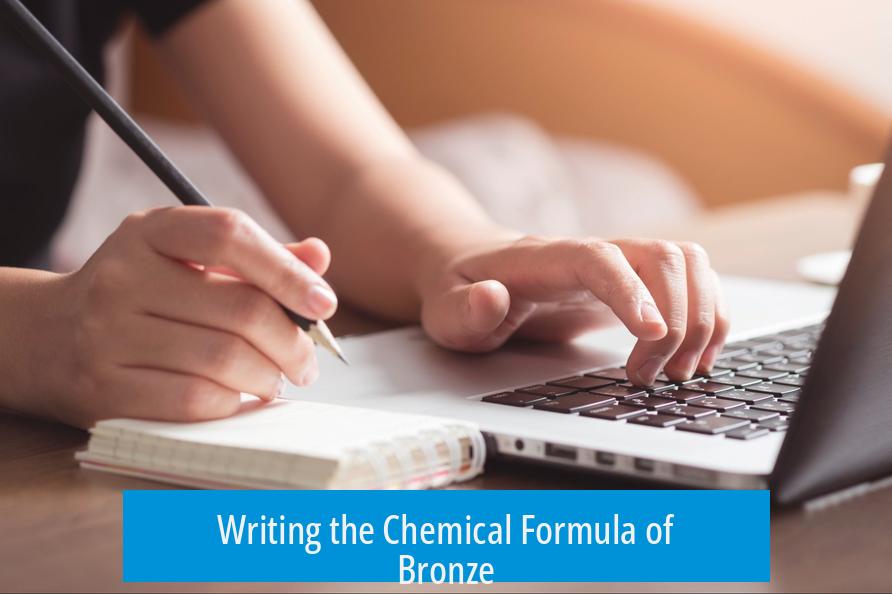
Bronze does not have a fixed chemical formula since it is an alloy rather than a chemical compound. It is primarily composed of approximately 87.8% copper (Cu) and 12.2% tin (Sn) by weight, but these metals are mixed physically, not chemically bonded in a specific ratio.
Understanding Bronze Composition
Bronze is an alloy made by combining copper and tin. The given percentages indicate the proportion of each metal in the mixture, not a precise chemical bond or stoichiometric ratio found in compounds. This means you cannot write a simple chemical formula like CuSn, as in a compound, because bronze’s structure varies.
Why Alloys Lack Fixed Formulas
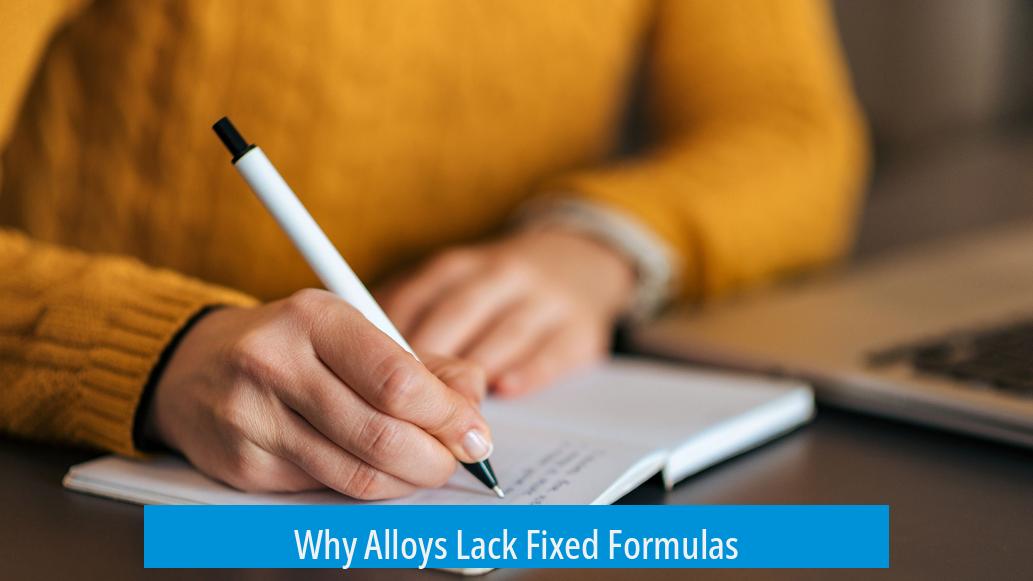
- Alloys consist of crystalline grains with slight variations in composition.
- The ratio of metals can change slightly across different regions within the solid.
- Solid metals and alloys are typically described by physical properties rather than chemical formulas.
Because of these factors, bronze’s composition is better regarded as a mixture or solution of tin in copper rather than a chemically bonded entity.
Correct Symbols and Notation
When referring to metals, use their elemental symbols correctly: copper is Cu and tin is Sn. It is incorrect to use “Tn” for tin.
To express the alloy practically, one might describe bronze as a “12.2% solution of Sn in Cu” or simply refer to it as Cu-based bronze.
Common Practice in Chemical Contexts
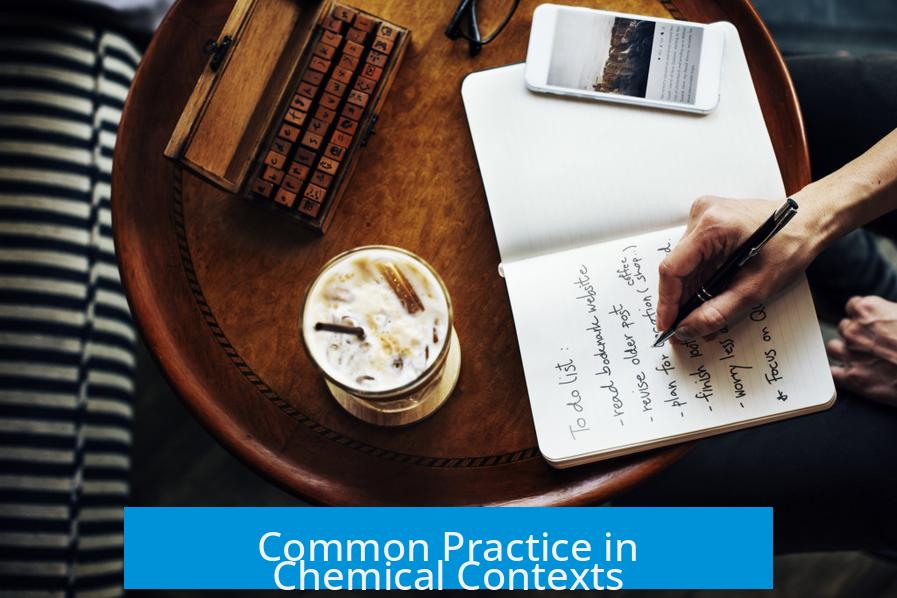
In contexts like catalysis where bronze is used, the notation Cu-Bronze is often accepted. This conveys the main metal and signals an alloy rather than a discrete compound.
Labels usually include the name “bronze” without a chemical formula to avoid confusion.
Summary of Key Points
- Bronze is an alloy, not a chemical compound, so it lacks a fixed chemical formula.
- It contains about 87.8% copper (Cu) and 12.2% tin (Sn) by weight.
- Alloys vary microscopically and are described by composition percentages, not exact formulas.
- Use correct element symbols: Cu for copper, Sn for tin.
- Practical notation for bronze is often “Cu-Bronze” rather than a formula.
Writing the Chemical Formula of Bronze: What You Need to Know

Writing the chemical formula of bronze isn’t straightforward because bronze is an alloy, not a pure chemical compound. Unlike simple compounds such as H2O or NaCl, bronze contains metals combined physically but not chemically bonded in fixed ratios. So, how do we write its formula? Let’s dive in.
If you’re picturing a neat little formula like CuSn, you’re not far off but missing vital context. Bronze, typically about 87.8% copper (Cu) and 12.2% tin (Sn), is an alloy where these metals mix, but don’t form a chemical compound with a fixed stoichiometric ratio like a salt or molecule.
Understanding Bronze’s Composition
Bronze is mostly copper, including tin in smaller amounts. Think of it as copper generously hosting tin atoms, distributing them throughout its metallic structure. The 87.8% Cu and 12.2% Sn tell you the metals’ mass ratio, but not how they bond.
“87.8% copper and 12.2% tin – This indicates the ratio of metals in the alloy but not how they are chemically bonded.”
This mass ratio guides metallurgists, but it’s not a strict recipe like baking a cake. The percentages don’t imply a formula you can simply write, such as CuSn12.2/87.8. Instead, bronze forms a solid solution where copper and tin atoms mix in a crystalline lattice.
Why Bronze Doesn’t Have a Simple Chemical Formula

Unlike compounds with fixed atomic ratios, alloys are mixtures. In bronze, tin atoms slip into the copper crystal, creating regions with slightly different compositions. This variance means no single formula fits all parts of the alloy.
- The alloy’s composition isn’t uniform on an atomic scale.
- Crystalline grains vary slightly in tin and copper content.
- Therefore, a simple chemical formula can’t precisely describe bronze.
In metals and alloys, properties often depend on grain size, crystal structure, and impurities more than the exact formula.
Correct Chemistry Symbols: Say It Right
Here’s a quick chemistry refresher: Tin is Sn, never Tn. That typo appears surprisingly often! So, when writing about bronze, you might describe it as a 12.2% solution of tin (Sn) in copper (Cu).
This phrasing clears confusion. Instead of calling it CuSn or Cu-Sn like a molecule, describe bronze as copper with dissolved tin atoms forming an alloy.
How Do Scientists and Engineers Write “Bronze”?

In lab notebooks or technical documents, you’ll find bronze indicated simply as Cu-Bronze. This notation flags its copper base and that it isn’t pure copper but an alloy containing tin.
This shorthand is practical. It avoids the trap of pretending it’s a fixed compound formula. When bronze acts as a catalyst in chemical reactions, for instance, this label is common.
Practical Advice for Labeling and Communication
If you deal with bronze in a lab, industry, or education, don’t torture readers with chemical formulas for bronze. Instead, write clear, simple labels like “Bronze (Cu-Sn alloy, 87.8% Cu, 12.2% Sn).”
Resist the temptation to invent formulas like CuSn. They mislead by implying strict chemical bonding which doesn’t exist in alloys. Also, labels should prioritize clarity.
“I think you should just put this on the label, no need to complicate things.”
Imagine reading a product sheet for bronze. A straightforward note about its composition adds far more value than confusing chemical formulas.
Let’s Recap in Bronze-Tin Terms
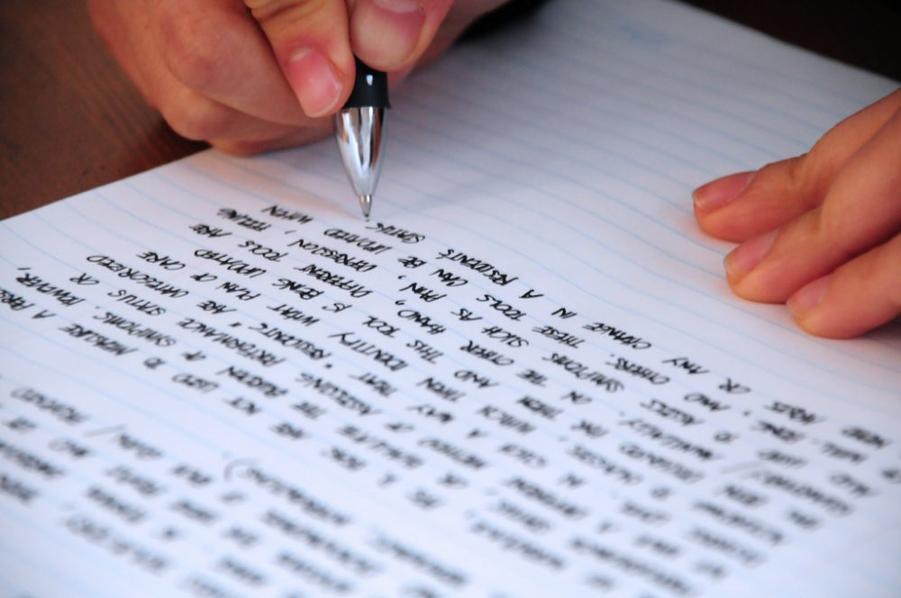
| Aspect | Details |
|---|---|
| Composition | ~87.8% Copper (Cu), 12.2% Tin (Sn) |
| Type of mixture | Alloy (Solid solution, no fixed bonding) |
| Chemical formula | None (writing CuSn implies false fixed molecular ratio) |
| Common notation | Cu-Bronze or Cu-Sn alloy |
| Labeling advice | Indicate composition percentages and alloy nature |
Why Not Just Write CuSn? The Chemistry Behind the Scenes
An alloy is a physical mixture, not a chemical molecule. Copper and tin atoms mix into a lattice but don’t form molecules with fixed components. That’s why copper and oxygen make CuO, a compound with fixed atoms, but bronze doesn’t.
To grasp this, think of bronze as a crowd at a party. The crowd is mostly copper folks, with some tin guests mingling, not tightly holding hands in an exact pattern. This makes their grouping complex and varied, not a fixed molecule.
Final Thoughts: When in Doubt, Keep It Simple
Bronze’s lack of a fixed chemical formula is a reminder that not all materials fit neatly into chemical equations. Alloys demand a flexible approach and respect for their unique behavior.
So next time someone asks, “What is the chemical formula of bronze?” you can smile and say: “Bronze is an alloy of copper and tin, roughly 88% Cu and 12% Sn, mixed physically, not chemically bonded — so it doesn’t have a simple formula like water or salt.”
For most practical purposes, just write Cu-Bronze or describe the composition by percentage. This keeps things honest, clear, and scientifically accurate.
Are you working with bronze in metallurgy, education, or chemistry? Tell me how you label it. Do you prefer formulas or clear descriptions? Drop your thoughts below—knowledge shared is alloyed knowledge gained!
What is the chemical formula of bronze?
Bronze is an alloy, mainly copper and tin. It does not have a precise chemical formula like a compound. Instead, it is usually described by its composition, such as 87.8% copper and 12.2% tin.
Why can’t we write a single chemical formula for bronze?
Bronze is made of crystalline grains with varying ratios of copper and tin. Because the alloy’s composition differs slightly throughout, a single formula would not accurately represent the entire material.
How should the metals in bronze be symbolized?
Use the correct element symbols like Cu for copper and Sn for tin. The formula should reflect their presence but not imply a fixed chemical bond, so exact chemical formulas are avoided in alloys.
What notation is commonly used for bronze in practical applications?
It’s common to write bronze as Cu-Bronze, especially in contexts like catalysts. This notation shows the main metal but does not imply a strict chemical formula.
How should bronze be labeled in scientific or industrial settings?
Labeling should focus on composition percentages or simple terms like “bronze” or “Cu-Bronze.” Avoid using complicated formulas that do not represent the alloy accurately.


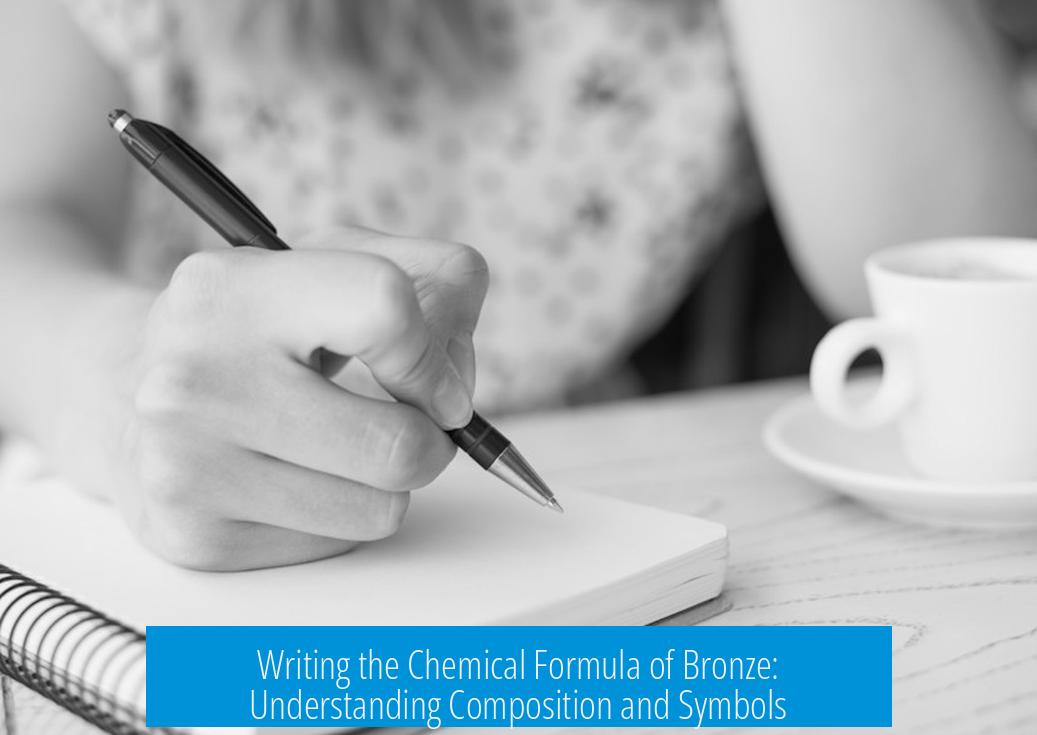

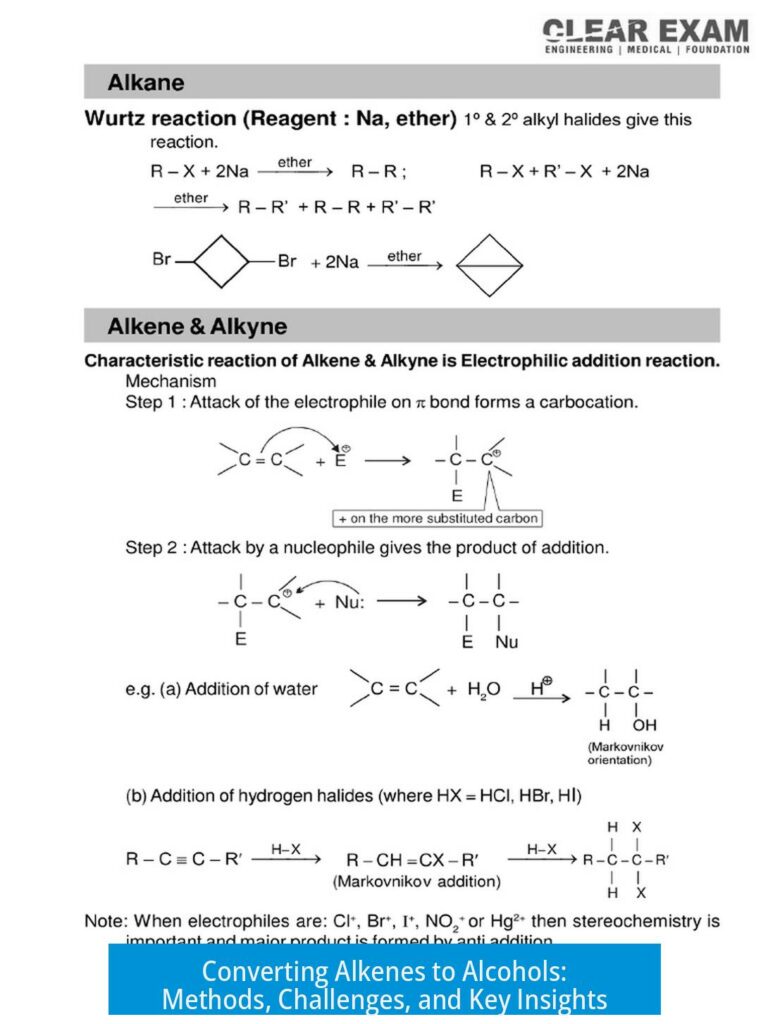
Leave a Comment